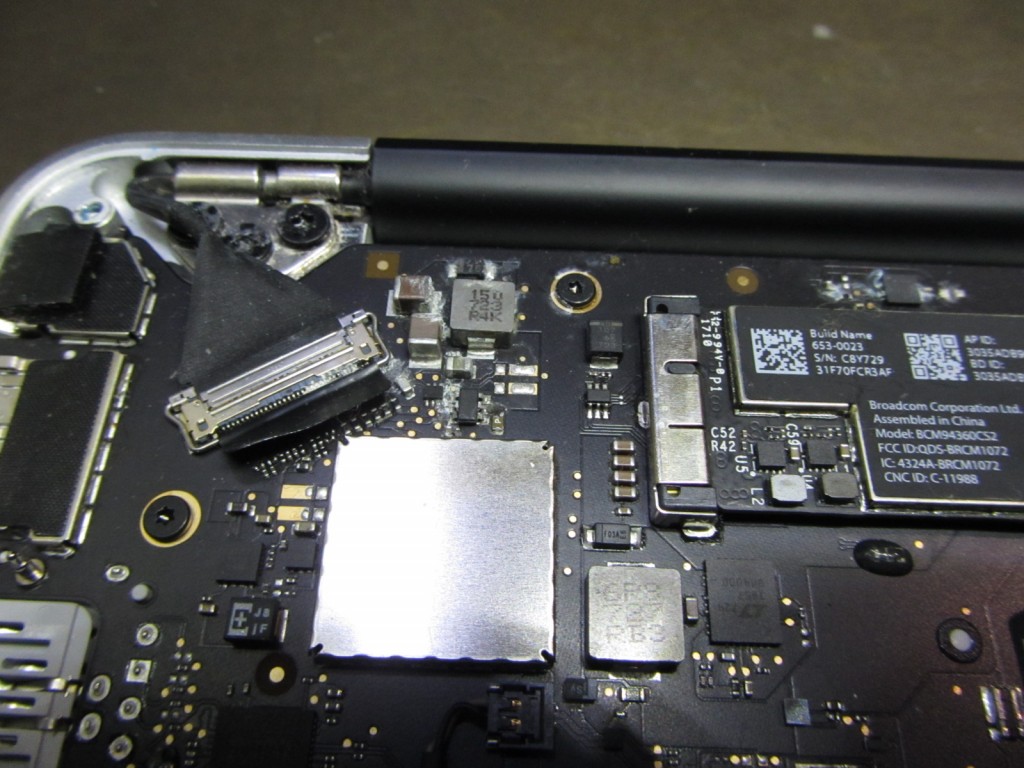


SanDisk Extreme – SSD with AES 256-Encryption and IP Rating ADATA SE800 1TB – External SSD with IP68 Rating LaCie Rugged SSD Pro – Toughest External SSD with IP67 Rating Sabrent Rocket XTRM-Q – Large Capacity Thunderbolt 3 SSD Kingston XS2000 – Small Size External SSD

This means they are prone to damage and malfunction when you do not have an ideal working space. Additionally, portable HDDs have moving parts. Unfortunately, they do not even come close to the data transfer speeds of an SSD. And they are far more economical than external SSDs. In comparison, portable HDDs can offer the storage space you need. Further, the lack of Thunderbolt 4 flash drives also makes it a one-horse race. However, that will not match the storage capacity of an External SSD. Presently, the best you can do is get your hand on a USB-C pen drive. This is primarily thanks to the use of Thunderbolt 3 and USB 3.2 (Gen 2 and Gen 2×2). They combine the compact nature and high capacity of flash drives and portable HDDs and add their advantages.įor instance, external SSDs can read and write data at a much faster rate. The MacBook Air averaged write speeds of 612.4 Mbps, and average read speeds of 1,243 Mbps, which gives the MacBook Air storage speeds comparable to the MacBook Pro for the first time.Flash Drives and portable HDDs have passed their prime. However, it proved 20% slower than the 2.7GHz Core i5 chip in the 13-inch MacBook Pro with Retina, which is to be expected considering that machine's faster clock speed.Īpple claims that the storage in the 2015 MacBook Air is twice as fast as the 2014 version – and that stands up. The MacBook Air scored 5,768 on Geekbench 3's Multi Core CPU test, representing a 9% gain over the 13-inch Air from 2014.



 0 kommentar(er)
0 kommentar(er)
